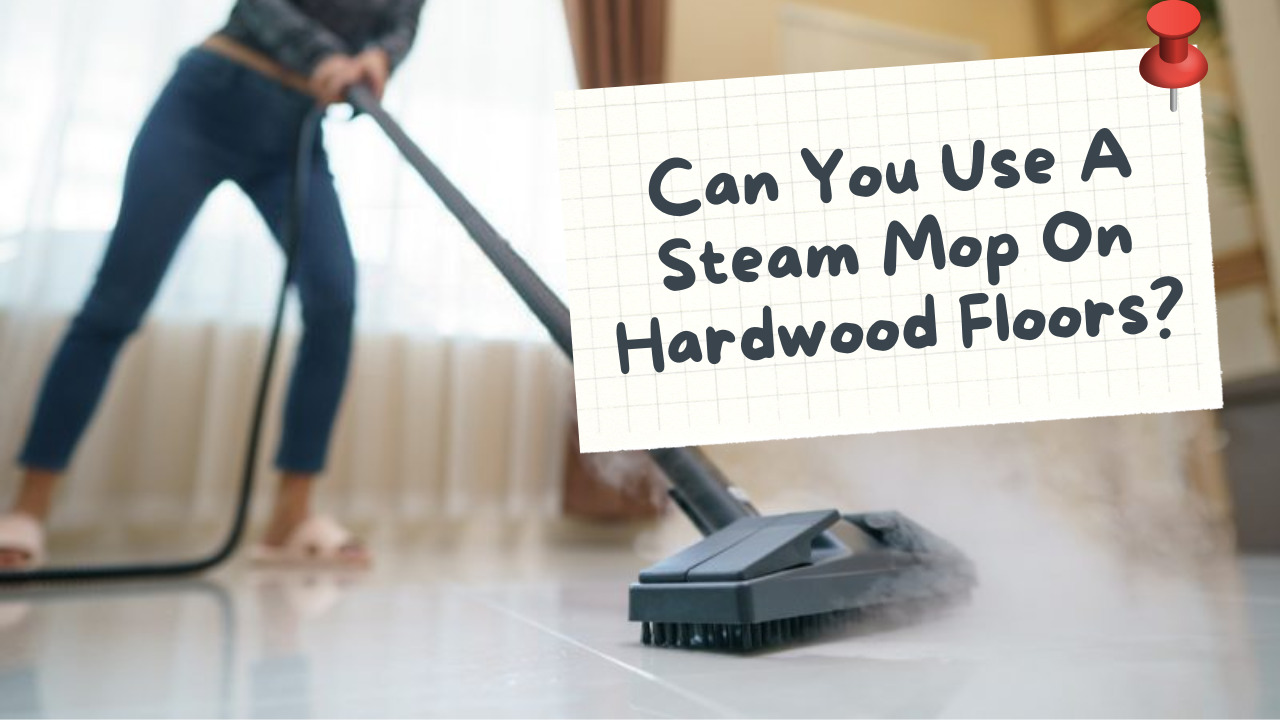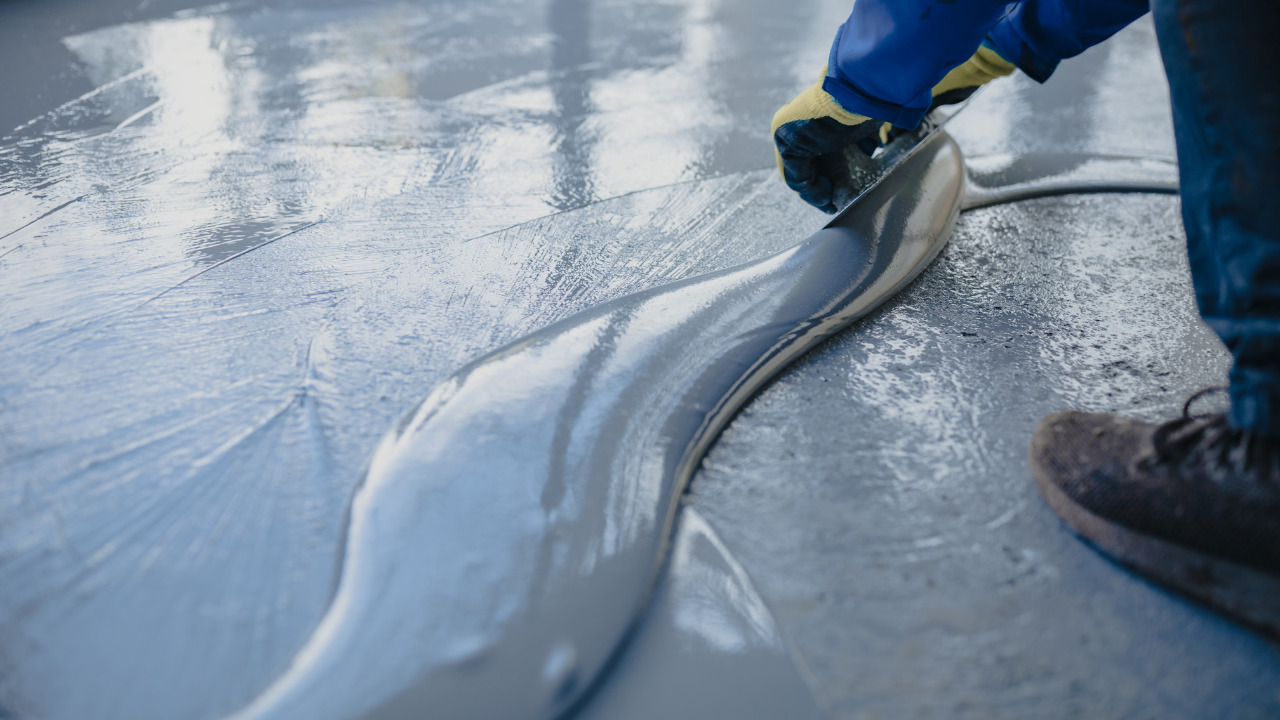There is a range of steam cleaners for use on floors. Some cleaners are touted as being specifically made for hardwood, and these claims should be taken with caution. Water can cause the hardwood to plump and mold since it is a naturally absorbent material.
By definition, a steam cleaner cleans and disinfects a floor surface by using water heated to a scorching vapor. When applied on a hardwood floor, the moisture can stay down in the cracks and crevices, causing future difficulties.
Steam mops have become increasingly popular in recent years since they make cleaning floors much easier and faster. But, when it comes to hardwood floors, are steam mops safe to use? We’ll go over the various criteria that go into calculating this.
Table of Contents
Determine The Type Of Hardwood Floor Before Steam Mopping
There are various hardwood flooring options, including laminate, sealed hardwood and wood grain vinyl flooring. Each hardwood floor comes with its own set of pros and cons. So, you have to choose the cleaning process according to the type and condition of your floor. Otherwise, you only will be responsible for the results and damages.
Hardwood floors with water-based polyurethane, oil-based polyurethane, or moisture-cured urethane finish should be fine for steam vapor cleaning. If you used a penetrating oil sealer on the floor, steam vapor cleaning would gradually damage it over time, requiring you to touch it up now and then.
Always test your flooring in a hidden location first, and you should also check with your manufacturer for warranty information.
Can You Steam Mop Hardwood Floor?
While steam mops aren’t recommended for vinyl floors and should be used with caution on laminate, the problem of using them on hardwood is more complicated. Two criteria determine whether or not a hardwood floor can withstand a steam mop.
The two factors are the amount of residual moisture left behind by the mop and whether the wood is sealed. The leftover moisture will surely damage the surface of the wood floor. Even sealed and water left by a steam mop can harm varnished flooring. Some manufacturers claim that their steam mop may be used on all hardwood floors.
On the other hand, others advise that steam mops should only be used on floors that have been completed and sealed.
Consider your flooring’s individual qualities, regardless of what the manufacturer advises. It’s better not to use a steam mop regularly on older flooring that hasn’t been refinished or left unfinished. If you want to try, steam mopping older hardwood floors, start with a small area and wait a few weeks to see what occurs.
Steam Mopping Is Safe For Sealed Wood Floors
No matter what sort of floor you have, you should check with your manufacturer’s warranty before using a new cleaning procedure, and then do a spot check in an inconspicuous area to make sure your cleaning products don’t cause any damage or discoloration.
You should also make sure your floor is sealed and no cracks or lose boards where water could sweep in.
If your floor is completely sealed and in good condition, you can surely go for the steam mopping. Make sure not to steam clean the wood floor regularly. It’s more than enough to clean the floor once a week with a steam mop.
Is It Safe To Use Dry Steam Mop?
The main issues to be cautious about are over-wetting your floor or overheating it by leaving the hot tool in one spot for too long. Both of these problems could result in water damage from water entering further into the floor and structural or buckling issues as a result of the overheating.
Use a high-quality system to avoid any problems. You should also make sure you’re using the system correctly, which decreases dangers on various surfaces, including hardwood, laminate, vinyl, and many others.
Cleaning with a steam vapor machine is not the same as steam cleaning because the steam vapor is highly dry, leaving little moisture on the floor. If the wood is naked or merely has a wax finish, steam heat can elevate the grain, although most sealed hardwoods tolerate dry steam vapor well.
Why Do You Avoid Steam Mopping On Hardwood Floors?
There are a variety of reasons to avoid steam cleaning hardwood floors. Even if the wood itself is impenetrably watertight, the seams between the boards may be weak.
Although seams are originally sealed during the application of top sealers, the seal inevitably cracks when the wood creaks, shifts, or contracts with use and weather, allowing moisture to permeate down and attack the floor from below.
Steam Easily Penetrates The Wood
With hardwood, the Steam itself poses a particular problem. Water is a viscous liquid with a high viscosity. On the other hand, Steam is incredibly light and thin, and it can quickly enter even the tiniest surface breaches. This enables it to travel along the sides of hardwood boards or up from beneath them, attacking the floor from all sides.
When a vapor cools and condenses back into liquid water, moisture is left behind, harming wood fibers. A manufacturer’s or retailer’s warranty will be included with most hardwood flooring. This specifies how long the floor should endure under normal conditions and ensures that it will be replaced if the material breaks due to structural issues.
Conclusion
It will be much easier to clean up spills if you’ve discovered a steam mop that is suitable for your floor. Large portions of your home’s flooring will also be easier to clean. Steam mopping is also an excellent technique to eliminate bacteria that has been tracked into your home on your family’s shoes.
Use natural cleansers designed to keep your hardwood floor from dulling for the most outstanding results. When steam mopping, you can waive the soap and cleanser entirely and just use plain water. This could extend the life of your hardwood flooring while also keeping it clean.





